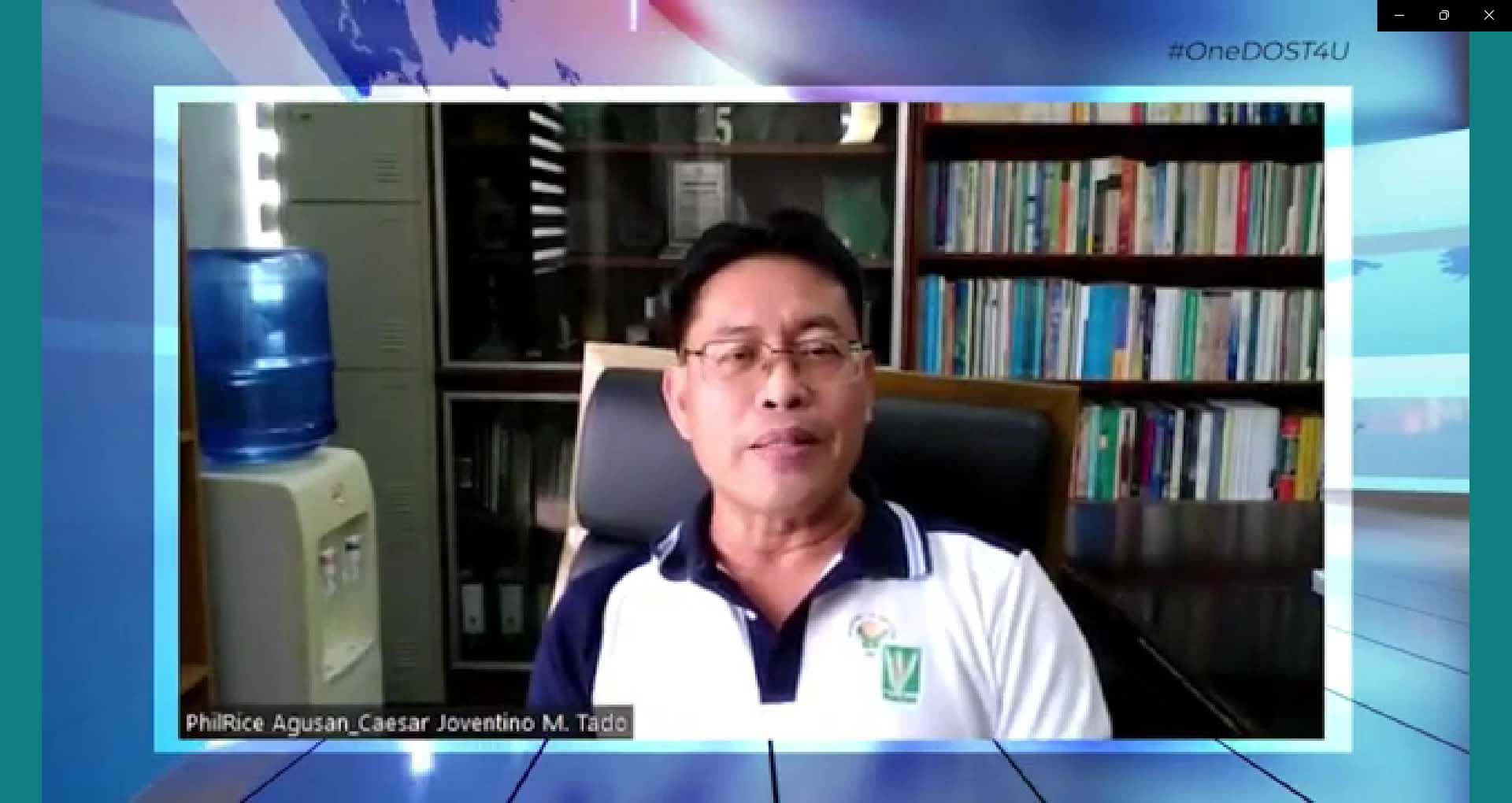Agriculture is one of the sectors in the country that is being hounded by numerous challenges. This includes the lack of machines that fit our local agricultural settings.
In recent data, it shows that only 2.2% of agricultural lands have fully mechanized harvesting equipment in the country.
This is the reason why many Filipino farmers still settle for manual harvesting. It would take 16 to 25 days for our farmers to finish the harvest time for a one-hectare land. In most instances, it resulted in high production losses due to the inefficient harvesting process.
To address these pressing concerns, a four-in-one Rice Combine Harvester that could lessen the post-harvest losses of our Filipino farmers from 4.5% to 2.2% was developed by the Philippine Rice Research Institute (PhilRice). The funding was provided by the Department of Science and Technology- Philippine Council for Agriculture, Aquatic and Natural Resources Research and Development (DOST-PCAARRD).
This locally manufactured Combine Harvester can be readily mounted and dismounted from the hand tractor unit and maximizes the utilization of hand tractors which are common agricultural equipment among rice farmers in the Philippines.
In the recent DOST Report episode, Dr. Caesar Joventino M. Tado, branch director of PhilRice Agusan, also shared how this Rice Combine Harvester could address agricultural labor’s shortfall, give our farmers increased income, improve productivity and help in the country’s pursuit to attain food security.

This locally manufactured and designed Rice Harvester is already combining the reaping, cleaning, threshing, and bagging operations. Dr. Tado said that it could provide appropriate solutions to the problems that beset the rice production in the country which is the lack of appropriate tools and equipment suitable to the local agricultural setting.
“Compared to imported combine harvester available in the market, RCH (Rice Combine Harvester) is smaller with 1.3-meter harvester width which fits most of the field conditions in the country. Those bigger and imported combine harvesters could not operate in some rice fields in the country,” said Dr. Tado.
Dr. Tado shared that those imported combined harvesters usually cost around 1M to 1.5M pesos while the DOST-PCAARRD funded Rice Combine Harvester has an estimated cost of around 750,000 pesos only.
“One of the most common problems of our machines is the after-sales service since most of the parts are imported. But since this Rice Combine Harvester is locally manufactured, we would have an easier time and process for its after-sales service, especially for its repair and maintenance,” said Dr. Tado.
Dr. Tado said that most of our rice fields are already using synchronous planting and manual harvesting, which would require a high number of farm labor. But with the Rice Combine Harvester, the problem of a labor shortage during harvest time would be lessened.
“We must consider the average age of our farmers which is around 57-58 years old. And for them, it is so difficult to do manual harvesting. But with Rice Combine Harvester, aside from making their harvesting operations easier, it would also free up them to do another possible source of income,” explained Dr. Tado.
Meanwhile, Secretary Renato U. Solidum Jr. of the DOST emphasized some possible significant impacts of this Rice Combine Harvester developed by Filipino scientists and researchers.
“Lubos na napakaganda ng rice combine harvester na ito. First, adopted siya sa sitwasyon dito sa ating bansa at bukod sa food security, may ilang industriya siya na matutulungan para makapagbigay ng karagdagang kabuhayan. Gawang Pilipino na solusyon sa problema ng Pilipinas,” said Secretary Solidum Jr.
(This Rice Combine Harvester is adapted to the actual situation of our rice field conditions in the country and aside from food security, there will be other industries that would benefit from this and eventually, would allow them to provide additional livelihood opportunities. Made by Filipinos to give solutions to the problems of the Philippines).
For more details about the Rice Combine Harvester and other recent updates and development in the local scientific scene, you may watch the full episodes of DOST Report on the DOSTv Facebook Page: https://www.facebook.com/DOSTvPH and DOSTv YouTube channel: https://www.youtube.com/c/DOSTvPH.





















